Kitten Food vs. Cat Food: What's the Difference?
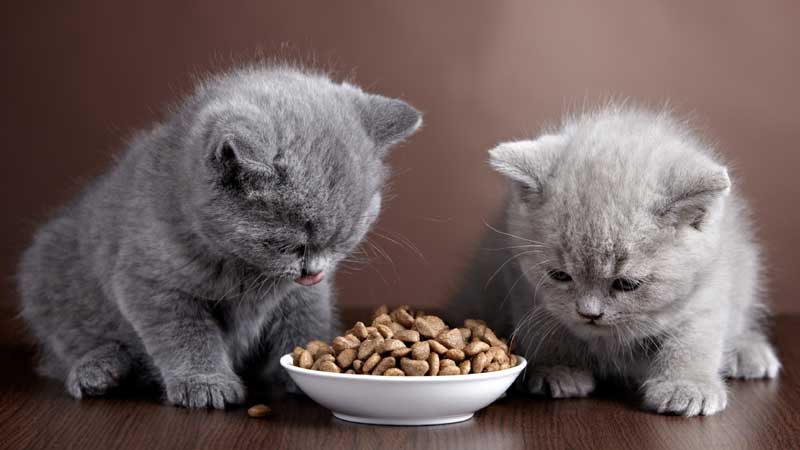
Choosing kitten food and cat food according to your feline friend's needs is crucial to their health and well-being. Though picking the right brand and flavor of feline food can be challenging.
However, the right food is significantly easier to decipher as your cat goes through the growth stages. Thanks to labeling guidelines, pet food producers must specify what lifestyles and ages their products are intended for. A kitten food labeled "for growth" is appropriate for kittens, while an older cat food labeled "for maintenance" is appropriate for older cats.
For your cat to stay happy and healthy, selecting the right food depends on your cat's age. In this article, we examine how kitten food differs from regular cat food.
About Cat and Kitten Food
Regardless of your cat's age, you want to do right by him. Starting your cat on kitten food will ensure that they are healthy throughout their lives.
As your cat age, it is essential to switch to adult food in order to maintain their weight and mitigate signs of aging. By feeding your feline friend the right food for their age, you are ensuring their health and wellbeing.
Kitten Food
Kittens need a diet higher in protein and fat than adult cats due to their growth and development. They also require more calories per pound than adult cats. Kitten food contains smaller kibbles and higher protein levels to support a kitten's growth. Some kitten foods contain DHA, an omega-3 fatty acid that helps eye and brain development. Besides providing more nutrients, kitten food also contains minerals, vitamins, and antioxidants that support a kitten's immune system and overall health.
Kittens need nutrients like selenium and vitamin E to develop a strong immune system and promote growth and health. According to the nutrient studies for cat food, kittens require two times as much calcium as adult cats.
Cat Food
Cat food, however, is designed for fully-grown cats and has different nutritional requirements. Young cats need nutrient-dense food to grow and develop, so they should eat nutrient-dense food. Cat food has three key components: calories, protein, fat, and vitamins.
Calories: By feeding your cat the right number of calories, you can balance their energy needs and weight. As cats age, they become less active and consume fewer calories.
Protein: Adult cats get their energy from protein and fat. Their food contains 25-40 percent protein, whereas kitten food typically contains 35 - 50 percent protein.
Fats and Fatty Acids: Dietary fats are essential to a cat's health. Omega-6s and omega-3s play a key role in many organ functions, as well as overall growth and development. For senior cats, certain fatty acids ease inflammation; for kittens, they promote growth.
Vitamins and Minerals: Phosphorus and calcium work together to build and maintain strong bones. Adult cats need vitamins and minerals to ease digestion or reduce inflammation.
Kitten Food vs. Cat Food: What is the Difference?
You can purchase a canned and dry kitten and adult cat food in many different flavors and textures. The formulation is the biggest difference between the two.
There is a requirement that kitten food contains more fat, proteins, and calories than adult cat food. In addition to containing fewer calories, adult cat food also contains vitamins and minerals that help cats age well.
Their availability is the second key difference. Whether you buy your pet food in a pet store or supermarket, you will find canned and dry food for adult cats. Kitten food can be hard to find; even a big-box pet store will only have a few options.
The Bottom Line
There is no need to worry if your kitten consumes the odd bit of cat food as it will not harm them. But a diet that consists mostly of cat food can lead to obesity and other health issues. It is recommended that kittens be fed a special kitten formula diet until they are around 12 months old or weigh around 4-5 kilograms. Once they have reached this point, you can start gradually transitioning them onto an adult cat food diet by mixing the two together and gradually increasing the amount of cat food they consume. During this period, be sure to monitor your kitten's weight to avoid being overweight.
You May Also Like
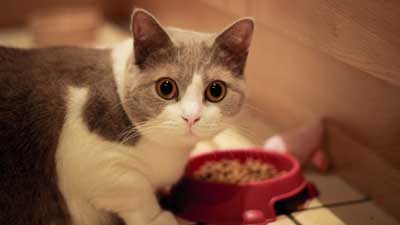 Cat Nutrition & FoodHow Many Times Should A Cat Eat Wet Food A Day?
Cat Nutrition & FoodHow Many Times Should A Cat Eat Wet Food A Day?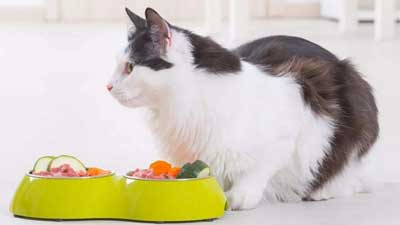 Cat Nutrition & Food10 Kinds of Human Food That Are Good for Cats
Cat Nutrition & Food10 Kinds of Human Food That Are Good for Cats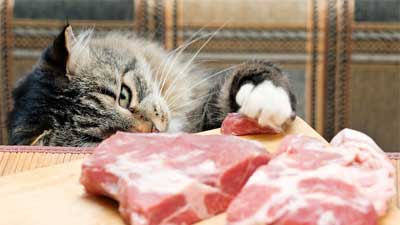 Help & AdviceWhat Meat Should Cats not Eat?
Help & AdviceWhat Meat Should Cats not Eat?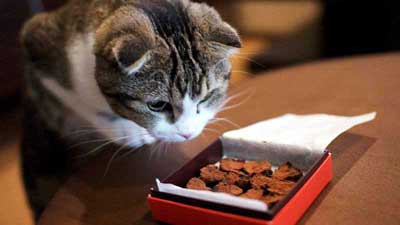 Cat HealthCan Cats Eat Chocolate? The Answer Is An Emphatic "No!"
Cat HealthCan Cats Eat Chocolate? The Answer Is An Emphatic "No!"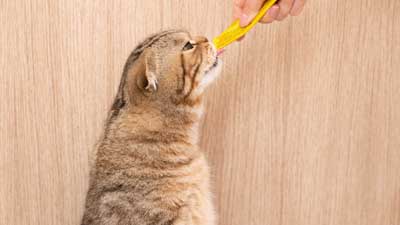 Cat HealthHow Much Thiamine Does A Cat Need Per Day?
Cat HealthHow Much Thiamine Does A Cat Need Per Day?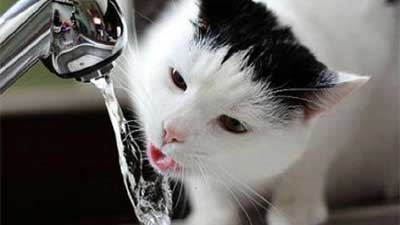 Help & AdviceHow Many Milliliters Of Water Should A Cat Drink A Day?
Help & AdviceHow Many Milliliters Of Water Should A Cat Drink A Day?